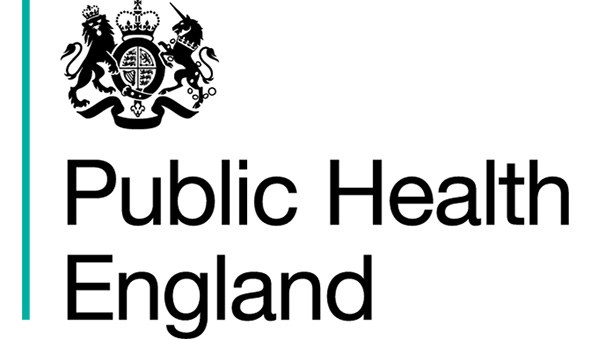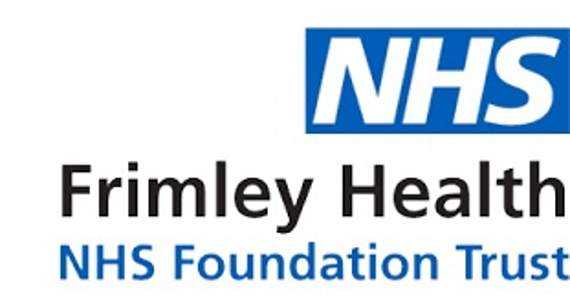The 2011 All Party Parliamentary Carbon Monoxide Group (APPCOG) report identified a key role for coroners to support increased detection of carbon monoxide (CO) poisoning in England and Wales. The report recommended that “the Government should ensure that all coroners’ post-mortems routinely test for carboxyhaemoglobin levels”.
The report also acknowledged the difficulty for coroners in recognising CO as a possible cause of death and suggested a potential under-diagnosis of CO poisoning by clinicians. Coroners are in a unique position to identify the circumstances leading to a CO fatality, including the source of CO, where it is located, and the behaviour of those involved.
This research examined the effect of various blood storage methods on carboxyhaemoglobin (COHb) levels. It is understood that some methods of storage show lower levels of COHb, and can lead to under-diagnosis.
The project aimed to test a new method for identifying the true role played by carbon monoxide (CO) in CO poisoning. The current way of detecting the presence of CO in the blood is to measure the levels of COHb. This research will look at levels of CO and COHb and assess whether the method of storage has an effect on the measurement. And whether this leads to an underestimation of the true role of CO. It considers whether CO, rather than COHb in the blood is a more reliable way to detect CO poisoning.



Recommendations
Please find the articles for this research project below.
Our research partners

University of Leeds

Manchester Metropolitan University

University of Hertfordshire

University College London

St George's University Hospitals

Sheffield Hallam University

Queen Mary University of London

Public Health England

NPIS

Newcastle University

NEA

London Fire Brigade

Université de Lausanne

Imperial College London

Liverpool John Moore University

Lancaster University

Improving Practice in Performance

IGEM

East of England Ambulance Service

Cranfield University

Brunel University London

Aintree University Hospital

Frimley Health

University of Surrey
